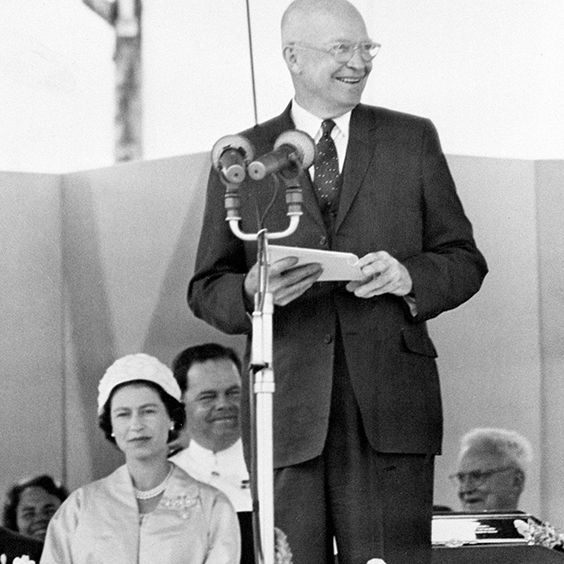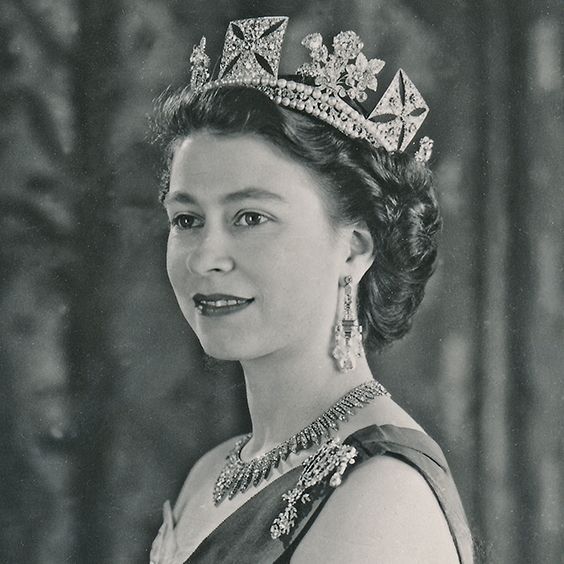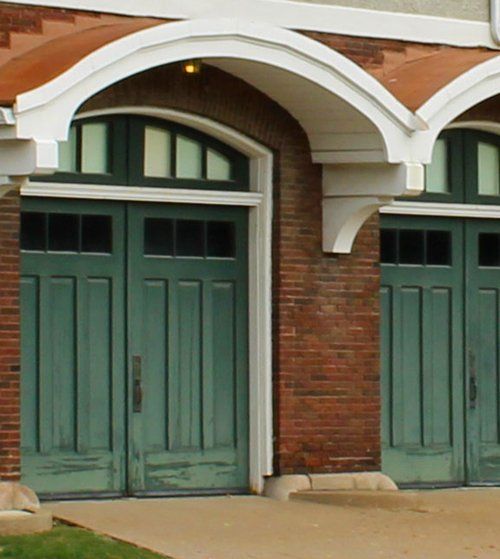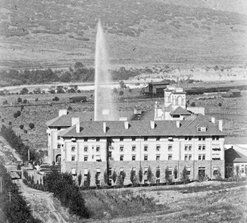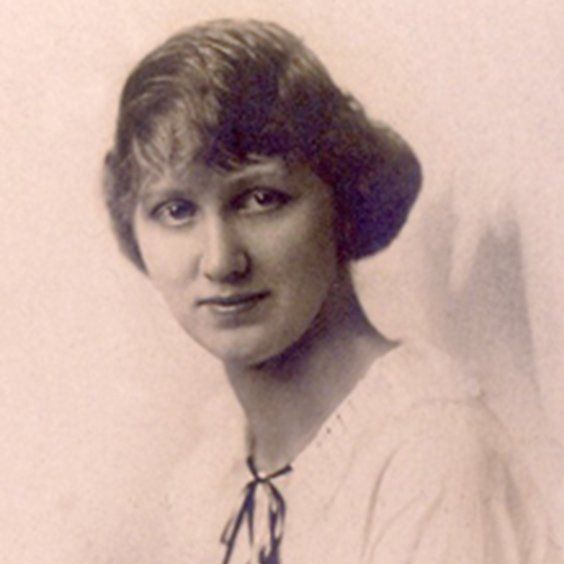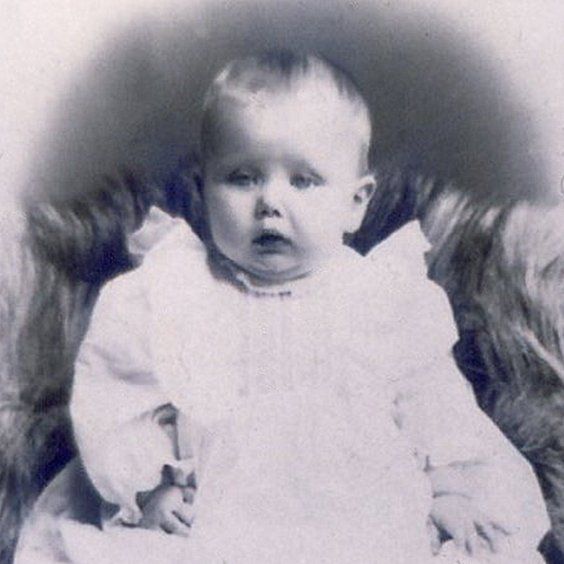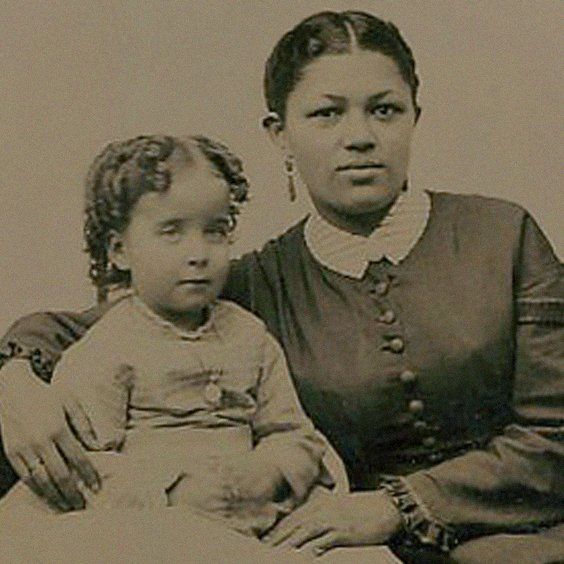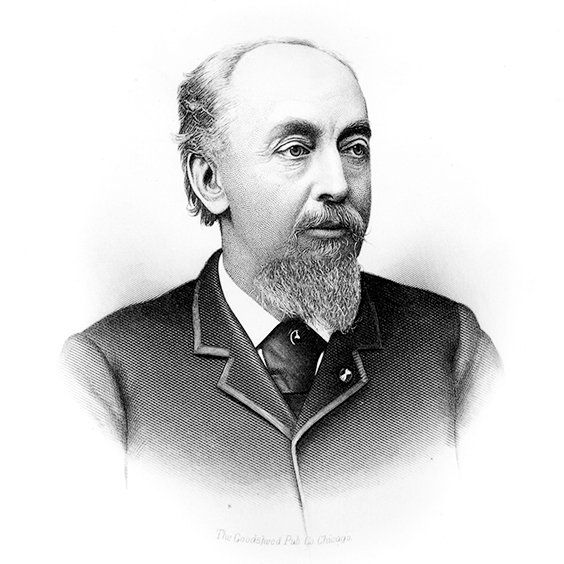The History of the Butterworth Garage
- By Gretchen Small
- •
- 27 Oct, 2021
- •
On the Butterworth Center & Deere-Wiman property there are two buildings which provided support to the homes. At Deere-Wiman House, what we call the Carriage House was not built as a carriage house but as a garage. The site of the building is where the original carriage house sat.
The garage was designed by O.A. Eckerman in the Tudor style. This style became popular at the turn of the century. Notice the brick first-story walls with contrasting stucco on the second floor and the half-timbering.
The Butterworth Education Center consists of the original Butterworth garage with an addition added in 2006-08. Built in 1909, the garage was very different in style from their home. Located at the corner of 12th Avenue and 7th Street, the building was in the southwest corner of the Butterworths' property, while the home is in the northeast corner.
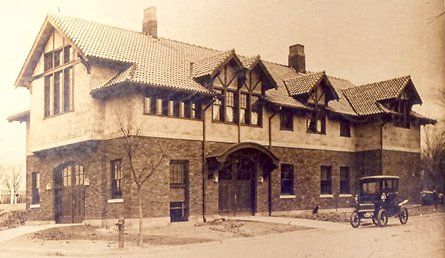
Oscar Eckerman was a Moline native who attended Augustana College. He then received formal architectural training at the School of the Art Institute of Chicago, between 1892-1893. It is not known where he practiced at first, but one source suggests that he may have worked for the firm of D.H. Burnham & Company. (Leonard K. Eaton, “Oscar Eckerman: Architect to Deere & Company, 1897-1942,” Canadian Art Review Vol. 3, No.2 (1976), 88-99).
O.A. Eckerman returned to Moline in January 1897 and began work for Deere & Company as an in-house architect and engineer. Over his 45-year career, he designed distribution buildings and warehouses in Atlanta, Bloomington (IL), Chicago, Dallas, Indianapolis, Kansas City (MO), Milwaukee, Minneapolis, Oklahoma, Portland, San Francisco, Spokane, Calgary, Regina, Saskatoon, and Winnipeg.
O.A. Eckerman returned to Moline in January 1897 and began work for Deere & Company as an in-house architect and engineer. Over his 45-year career, he designed distribution buildings and warehouses in Atlanta, Bloomington (IL), Chicago, Dallas, Indianapolis, Kansas City (MO), Milwaukee, Minneapolis, Oklahoma, Portland, San Francisco, Spokane, Calgary, Regina, Saskatoon, and Winnipeg.
More important to our story, Eckerman was instrumental in four projects for the Deere family. In 1909, his first design work for Katherine and William Butterworth was the Butterworth garage and an ash and tool house in the gardens. This was followed by a greenhouse in 1910. Then in 1916-17, he was the architect of the swimming pool at Overlook. (see previous blog post). And finally in 1925, he completed renovations to the Butterworth home.
Once the garage design was completed, Henry W. Horst Co., General Contractors from Rock Island, Illinois, completed the work. It is possible that Horst then completed work in the early 1910s, adding Eckerman’s design of a greenhouse and the electric car garage.
Once the garage design was completed, Henry W. Horst Co., General Contractors from Rock Island, Illinois, completed the work. It is possible that Horst then completed work in the early 1910s, adding Eckerman’s design of a greenhouse and the electric car garage.
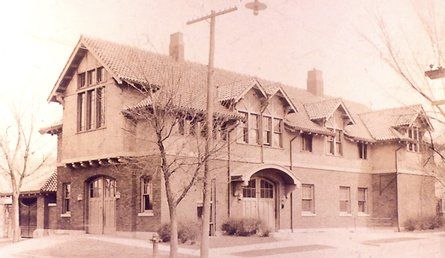
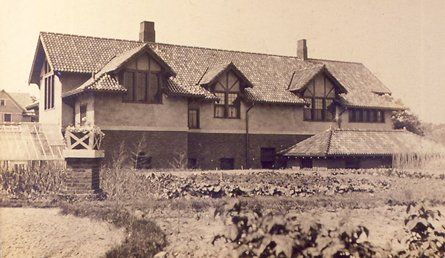

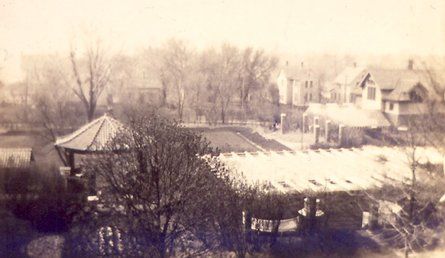
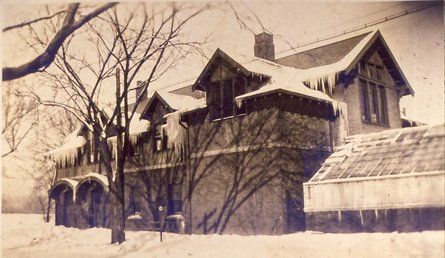
If we look at the original garage photograph, we can see two major differences between the 1909 garage and the building today (not including the 2008 addition on the east end of the building). The 1909 garage had one set of double doors opening onto 7th Street and one set of doors opening onto 12th Avenue. We do not know when the Butterworths closed off the 7th Street doors and added a second set of double doors on 12th Avenue. The snowy photograph above, from the 1920s, shows two sets of doors on the south side. Our theory is that as 7th Street became busier with traffic, the decision was made to close and brick over the entrance. You can see the change in brick where they filled in the door in the modern photograph below. The other major change from 1909 is the roofing material. At some point, the original clay tiles were replaced with shingles.


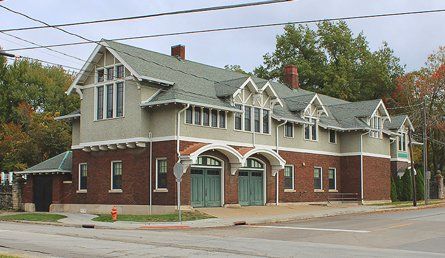
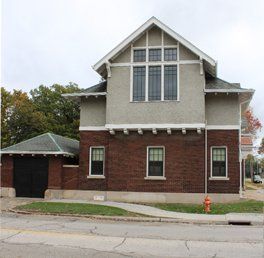
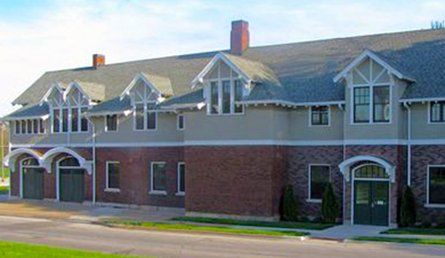
In December, check out History Bites at the Deere Homes for a look inside this building.
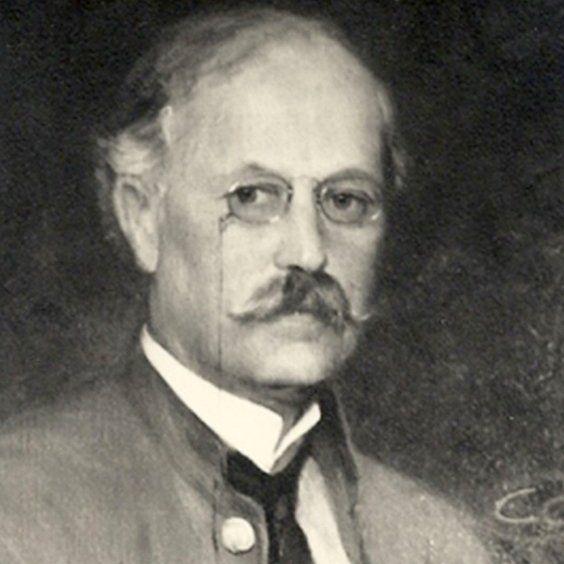
If you have not watched any of our YouTube videos at our channel Deere Family Homes, we encourage you to check out the April 2022 video. The video features the story of one painting hanging in the Deere-Wiman House. The painting’s artist is Alexander Harmer.
We are lucky to have four paintings in our collection that were created by Harmer. It made sense for us to learn more about Harmer and see if we could determine why we have so many paintings from one artist. I love all four pieces and wanted to know more about the artist and determine if there was a connection to the family. Three of the paintings hang in the Deere-Wiman House and one at Butterworth Center. So, it was not just one family member that took an interest in his work.
Did any of the family know Alexander Harmer? We wish we knew. It is possible since Harmer’s life in Santa Barbara does overlap with the Butterworth and Wiman families. Or maybe the family did not know Harmer but was drawn to his art and purchased pieces through art dealers.
Alexander Francis Harmer was born in 1856, in Newark, New Jersey. One source I read said that he sold his first work at the age of 11 for $2. Then at the age of 16, he lied about his age and joined the United States Army. He was stationed in California, which I think is the time period his artistic interests changed. He turned towards painting and illustrating the Apache Nation. The year would have been 1872, and the US Army would have had a large presence in the West with the enforcement of federal Indian policy (which consisted of allotment of land and assimilation.)
After just one year, Harmer asked for a discharge and left the military. He worked as a photographer’s assistant until he was able to enroll in art school. He studied art under Thomas Eakins and Thomas Anshutz at the Pennsylvania Academy of Fine Art. In 1881, he re-enlisted in the Army and headed to his assignment at Fort Apache, Arizona. Harmer probably saw the Army as a cheap way of traveling West to continue his interest in the American West and the Apache Indians. During this enlistment, he was able to serve in an Army division assigned to pursue Geronimo. His studies of Indian life created an invaluable record. Harmer then returned to the academy in Pennsylvania where he turned his sketches of the Apache Nation into illustrations for Harper’s Weekly.
Alexander Harmer died on January 10, 1925, supposedly while admiring the sunset from his backyard. This was just six months before the Santa Barbara earthquake, which left the Harmers' adobes in ruins.
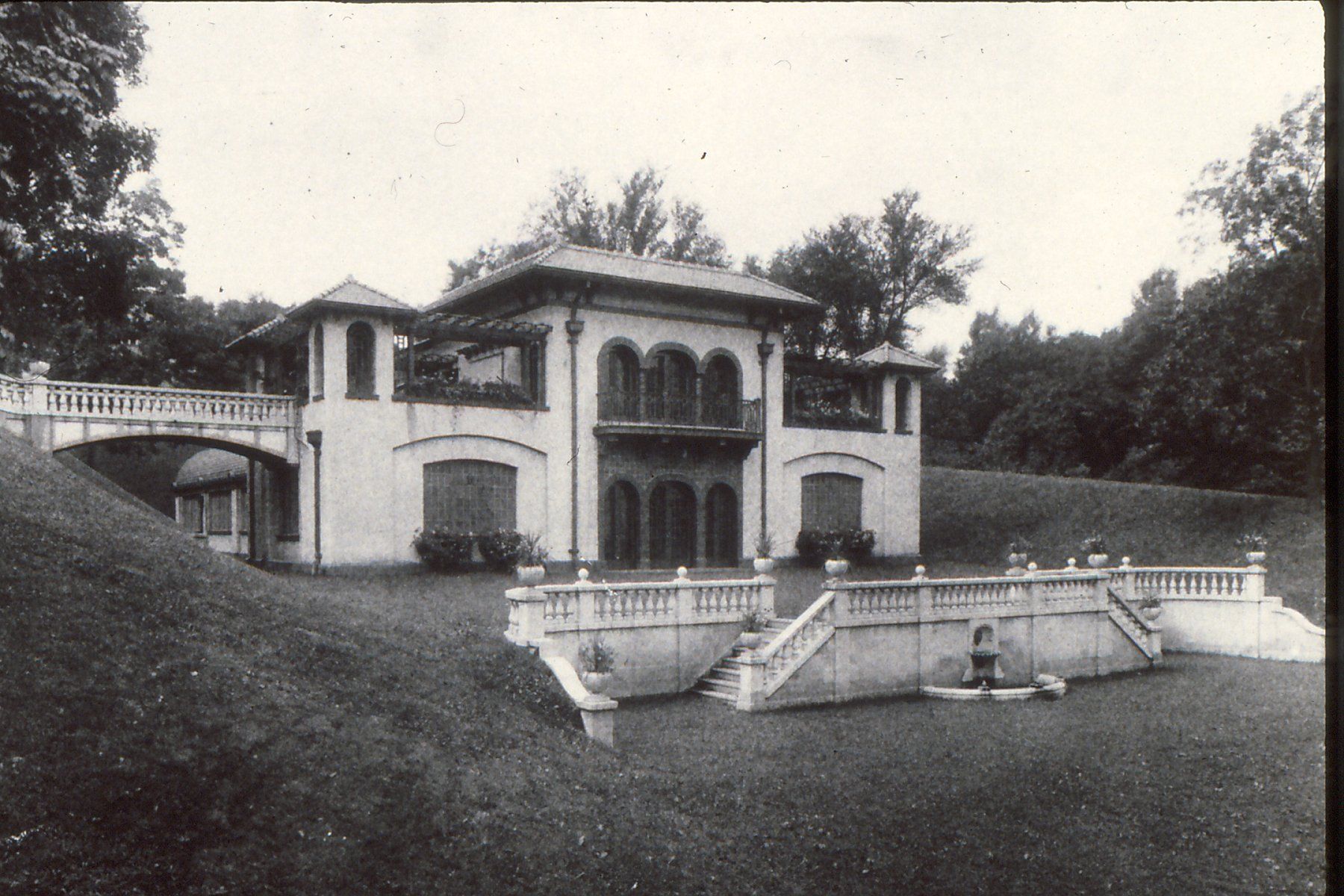
Click here to view a new video on our YouTube Channel featuring the Swimming Pool built in 1917 on the Deere-Wiman House grounds. https://youtu.be/NgV6XUEkrLs
